Medieval World: Culture & Conflict picks up where its sister magazines – Ancient Warfare and Ancient History – leave off. The publication features the rich history and material culture of the Middle Ages – broadly conceived geographically and temporally – expanding on the contents of the popular Medieval Warfare magazine. Through well-researched and lavishly illustrated articles, this accessible publication brings to light cultural activities in local and global contexts, historical figures and events, as well as political, religious, economic, and artistic facets of the Middle Ages..
Medieval World Culture & Conflict Magazine
Editorial
Hidden entrance revealed at Dover Castle after 800 years
Medieval Europe's crackdown on theft
Viking age economics from Runic inscriptions
Madonna of the Pantheon restoration unveiled
Lost Crusader altar found in Jerusalem
‘Remarkable’ early medieval Pictish ring unearthed in Scotland
Hidden secrets of the Voynich manuscript revealed
WELL PROTECTED? • On the surface, it seems that evaluating the effectiveness of medieval armour should be a simple matter. However, when one digs deeper into the evidence, numerous contradictions appear. So just how much protection could medieval knights really expect from their armour?
THE PROGENITOR OF EUROPE • The early Middle Ages was a time of uncertainty for Western Europe. Various kingdoms attempted to carve out territory from the Roman Empire's vast holdings. Charles Martel (ca. 686– 741) ended the wars of conquest between European dynasts by consolidating power in the Frankish lands. He set the foundations for a dynasty that would last most of the next century with the help of his grandson and future emperor, Charles the Great or Charlemagne (748–814).
The threat in Italy
The Battle of Tours/Poitiers
A FRONTIER AND A CROSSROADS • The Baltic was one of the most connected and contested regions of medieval Europe. Across the Baltic Sea, trade routes brought Western and Northern Europe in contact with the East, while the Baltic states developed into strategic and powerful players in maritime contacts, cultural negotiations, as well as military and religious conflicts.
The Hanseatic League
MEDIEVAL LIVONIA • Medieval Livonia – the ecclesiastic territories on the frontier of the Catholic and Orthodox worlds – was a cultural, economic, and military crossroads on the eastern shores of the Baltic Sea. It was an especially attractive region for trade and cultural exchanges, which contributed to a diverse population and the emergence of urban life, as well as conflicts and wars.
LIVONIAN BROTHERS OF THE SWORD • The Crusaders were staunch defenders of Christianity but were also ungodly butchers. They left a lasting legacy wherever they went, but nowhere was their impact more keenly felt or enduring than in the Baltic.
AN OLD SEA BIRD AND THE LAST JUDGEMENT • In the late fifteenth century, ongoing hostilities between the Kingdom of England and the merchant cities of the Hanseatic League broke out into open war. Many third parties were drawn into the conflict, setting up some noteworthy culture clashes in the Baltic region. In 1473, a galley visiting Bruges from Florence was attacked by a Hanseatic caravel, captained by a town councilor of Danzig. After a brutal fight, the galley was taken. The cargo of valuable merchandise included one of the great works of art of the so-called Northern Renaissance: Hans Memling's Last Judgement triptych, which has been kept as a prize in Poland ever since.
Pirate brotherhoods
THE BROTHERHOOD OF THE BLACKHEADS • In the summer of 1424, Tideke Gelpyn sailed from the eastern shores of Reval, modern-day Tallinn, Estonia, to the Hanseatic hub of Lübeck. Tideke was associated with Reval's most exclusive...
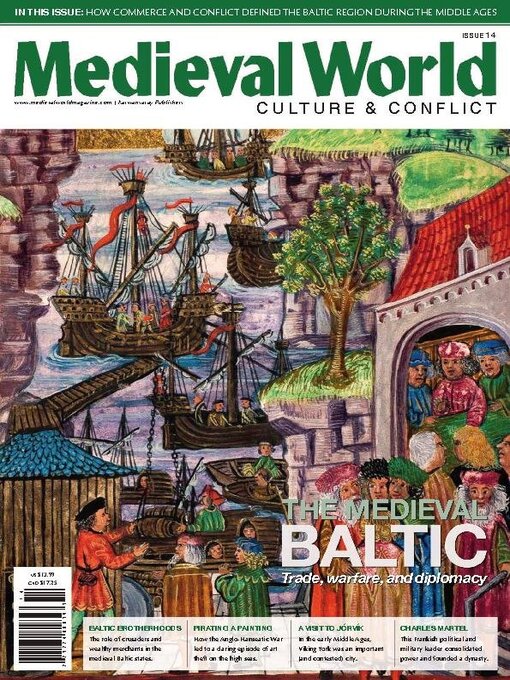
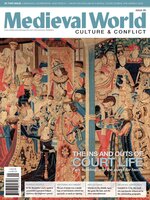 Issue 20 - 2025
Issue 20 - 2025
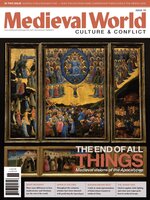 Issue 19 - 2025
Issue 19 - 2025
 Issue 18 - 2025
Issue 18 - 2025
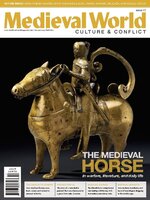 Issue 17 - 2025
Issue 17 - 2025
 Issue 16 - 2025
Issue 16 - 2025
 Issue 15 - 2024
Issue 15 - 2024
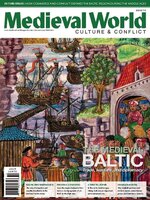 Issue 14 - 2024
Issue 14 - 2024
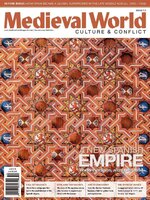 Issue 13 - 2024
Issue 13 - 2024
 Issue 12 - 2024
Issue 12 - 2024
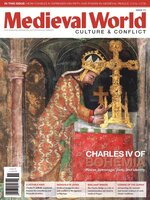 Issue 11 - 2024
Issue 11 - 2024
 Issue 10 - 2024
Issue 10 - 2024
 Issue 9 - 2023
Issue 9 - 2023
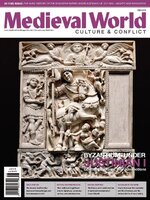 Issue 8 - 2023
Issue 8 - 2023
 Issue 7 - 2023
Issue 7 - 2023
 Issue 6 - 2023
Issue 6 - 2023
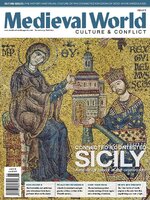 Issue 5 - 2023
Issue 5 - 2023
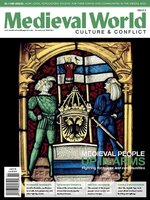 Issue 4 - 2022
Issue 4 - 2022